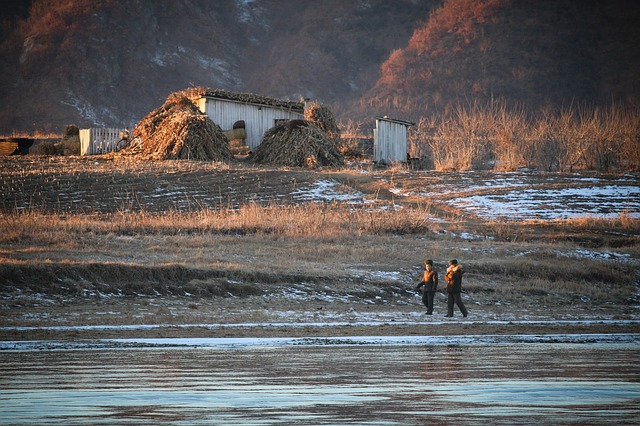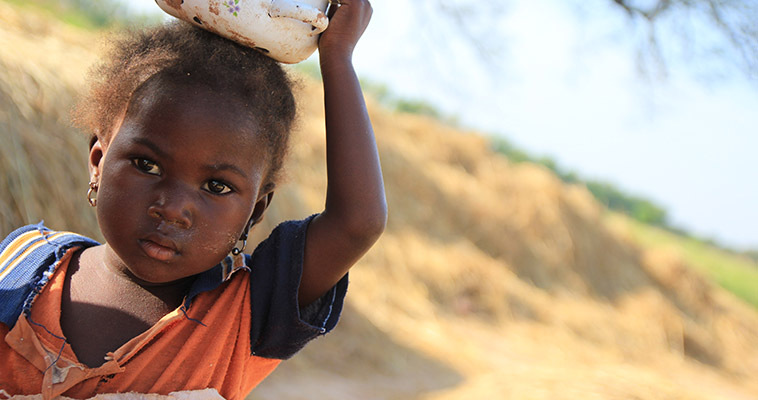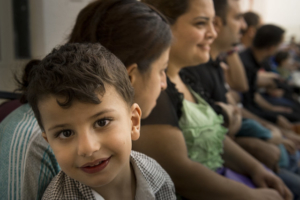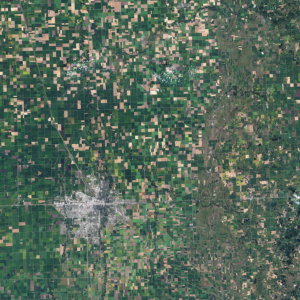The Horn of Africa is the easternmost region of Africa. It is comprised of four countries: Djibouti, Eritrea, Ethiopia, and Somalia. In 2011, the countries in the Horn of Africa were severely impacted by what was known as the “worst drought in 60 years.” Somalia was affected the worst due to a combination of extreme weather conditions and civil disorder. On July 20, 2011, the U.N. declared a famine in southern and central Somalia, specifically in Lower Shabelle, Mogadishu and the Bay area where acute malnutrition rates among children exceeded 30 percent. People were unable to access basic necessities. More than two people per 10,000 were dying daily. Inevitably, the famine led to high mortality rates. Nearly 260,000 people died by the end of the 2011 Somalia famine with more than half of the victims being children under five years old.
Cause and Effect of the 2011 Drought
Elisabeth Byrs, a spokeswoman of the United Nations Office for the Coordination of Humanitarian Affairs, cited poor rainfall for two consecutive seasons was the cause of the severe 2011 East Africa drought. Crops in Somalia are typically planted when the first rain of the season occurs in either March or April. However, the rains were late and inadequate, which caused late planting and harvesting.
The Famine Early Warning Systems Network had predicted the harvest in southern Somalia to be 50 percent below average. In addition to this, pastures were sparse due to the intensifying drought, which ultimately led to the rapid loss of livestock. Crop failure coupled with poor harvests and limited livestock reduced food availability. As a result, food prices increased substantially. This ultimately intensified the severe food crisis in Somalia.
Government vs. al-Shabaab
Due to limited resources, a conflict began to grow over food and water. Additionally, civil disorder worsened the famine conditions as the militant Islamic group, al-Shabaab, was at war with the government over control of the country. Food aid was delayed in south-central Somalia—two al-Shabaab controlled regions—because the terrorist group banned numerous humanitarian agencies from distributing food and assistance to starving citizens of the region.
Al-Shabaab threatened citizens with brutal punishment, including execution, if they dared try to escape the region. Despite these terroristic threats, 170,000 citizens of southern Somalia fled to Kenya and Ethiopia to escape the famine conditions that plagued the country. Unfortunately, this resulted in a substantial number of deaths due to severe malnutrition, overpopulated and unsanitary living conditions.
Foreign Aid to Somalia
The United Nations estimated that 3.2 million people in Somalia were in need of immediate help. At least 2.8 million of those citizens were inhabitants of south Somalia. Numerous United Nations agencies, including the World Food Programme (WFP), the World Health Organization (WHO), the U.N. High Commissioner for Refugees (UNHCR) and the UN Children’s Fund (UNICEF), united to provide relief to the victims of the 2011 Somalia famine. Although the conflict between rival groups initially left the south-central region of Somalia isolated from foreign aid, humanitarian agencies persisted in helping the citizens of Somalia.
The United Nations assisted in raising more than $1 billion for relief efforts across the region to reduce malnourishment and mortality rates. In addition to this, heavy rains in the fall season replenished the land, allowing a successful crop season and a bountiful harvest. In February 2012, the lethal conditions that once swept across the nation had improved. The United Nations declared the famine that plagued Somalia was finally over.
Where Does Somalia Stand Now?
In June 2019, the United Nations declared that countries of the Horn of Africa were at risk of another famine due to another drought. Five million people were at risk of this potential famine with Somalians accounting for a majority of the at-risk population. The Under-Secretary-General and emergency relief coordinator, Mark Lowcock, stated that he allocated $45 million from the U.N. emergency relief fund to help purchase food and other basic necessities. A majority of the $45 million was allocated for Somalia as 2.2 million people could face another severe food crisis similar to the 2011 Somalia famine.
The United Nations recognized that Somalia has suffered from several occurrences of food insecurity. The organization has taken the initiative to prevent another famine from occurring in Somalia by acting early, allocating funds and raising awareness about the issue.
– Arielle Pugh
Photo: Flickr
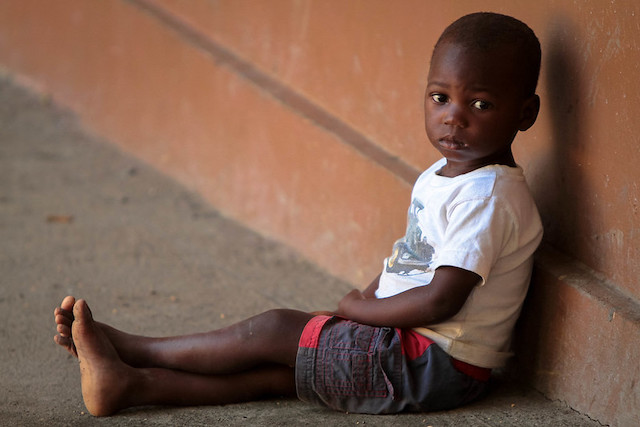 According to the United Nations Food and Agriculture Organization (FAO),
According to the United Nations Food and Agriculture Organization (FAO), 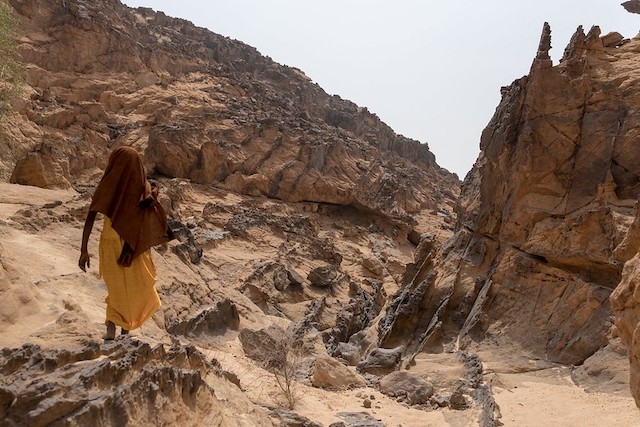 The Sahel region of Africa has been described as “the long strip of arid land along the southern edge of the Sahara Desert.” The Sahel is comprised of parts of various countries, including but not limited to Senegal, Mali, Niger, Chad, Sudan and the Northern tip of Nigeria. Due to geography, climate and violent conflict, the region’s
The Sahel region of Africa has been described as “the long strip of arid land along the southern edge of the Sahara Desert.” The Sahel is comprised of parts of various countries, including but not limited to Senegal, Mali, Niger, Chad, Sudan and the Northern tip of Nigeria. Due to geography, climate and violent conflict, the region’s 

